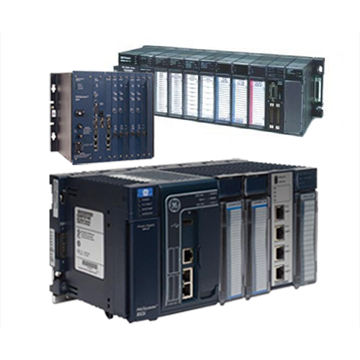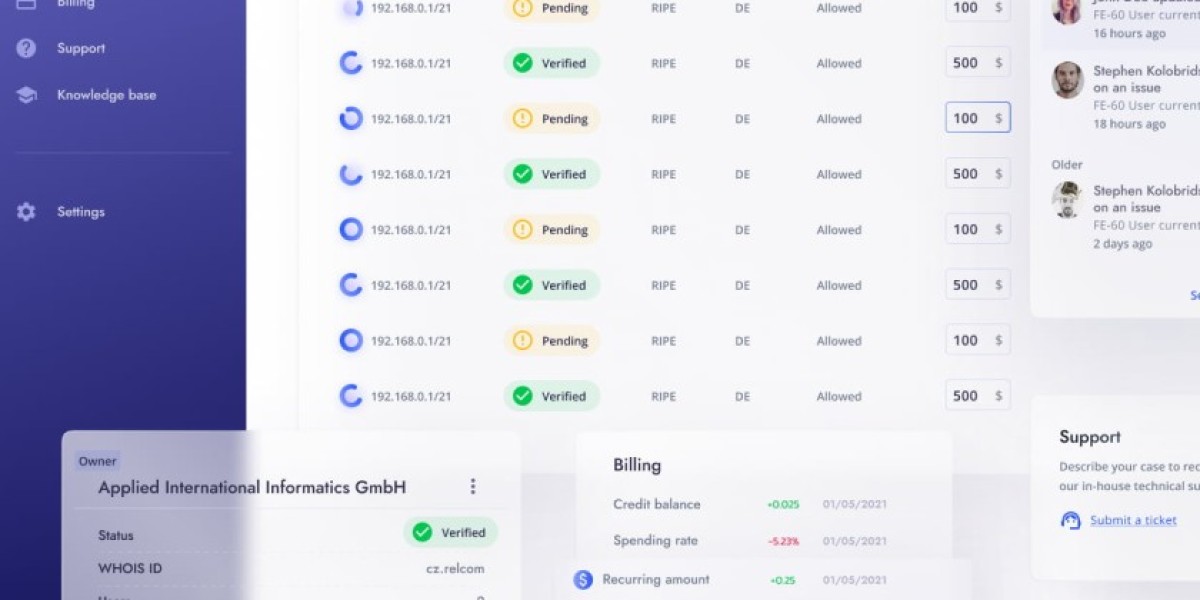Unlock the Secrets of PLC Spare Parts: Your Ultimate Guide to Function and Selection!
In the world of automation and control systems, PLC (Programmable Logic Controller) spare parts play a pivotal role. These components are crucial for ensuring the reliability and efficiency of various applications, from manufacturing processes to building automation. Understanding the significance of PLC spare parts is essential for anyone involved in industrial operations or system maintenance. Not only do they help in replacing faulty units, but they also contribute to the overall performance and longevity of the PLC systems. In this guide, we will delve into the different types of PLC spare parts, their functions, and how to select the right components for your specific needs.

Understanding PLC Spare Parts
PLC spare parts refer to the individual components that make up a PLC system, each serving a unique purpose in the control process. These parts are designed to be easily replaceable, which is vital for minimizing downtime in industrial settings. Common types of PLC spare parts include CPU units, input/output (I/O) modules, power supplies, and communication modules. The CPU is the brain of the PLC, processing inputs and executing control logic. I/O modules connect the PLC to field devices, such as sensors and actuators, allowing it to interact with the physical environment. Power supplies are essential for converting electrical energy to the required levels for the PLC to function correctly. Each of these components is integral to the smooth operation of automated processes, making an understanding of them crucial for engineers and technicians alike.
Functions of PLC Spare Parts
The function of each PLC spare part is vital for the system's overall operation. The CPU, or Central Processing Unit, is responsible for executing the control program stored in the PLC. It processes inputs from the field devices, runs the programmed logic, and outputs commands to the actuators. I/O modules, which can be digital or analog, play a critical role in communication between the PLC and the external world. Digital input modules read signals from devices like switches, while output modules send control signals to devices such as motors and lights. Analog modules, on the other hand, deal with variable signals, allowing the PLC to monitor and control processes more precisely, such as temperature or pressure readings. Power supplies ensure that each component receives the proper voltage and current, preventing failures that could disrupt operations. Communication modules enable the PLC to communicate with other devices or networks, essential for integrating systems and expanding functionality. Understanding these functions helps in ensuring that each part works harmoniously to achieve reliable automation.
How to Choose the Right PLC Spare Parts
Selecting the right PLC spare parts is crucial for maintaining system integrity and performance. The first step is to evaluate the specific requirements of your PLC system. Consider compatibility with existing components; not all parts are interchangeable, and using incompatible components can lead to malfunctions. Specifications such as voltage ratings, current capacities, and communication protocols must align with your system’s requirements. It’s also important to think about the application needs; for instance, if your system handles a high volume of data, a robust communication module may be necessary. Checking the manufacturer's guidelines and technical documentation can provide valuable insights. Additionally, personal recommendations from experienced colleagues or industry professionals can also guide you in making informed choices. A friend of mine once struggled with downtime due to incorrect I/O module selection, emphasizing the need for thorough evaluation before purchasing spare parts. This diligence not only ensures system reliability but also optimizes overall performance.
Common Mistakes to Avoid When Selecting PLC Spare Parts
When it comes to selecting PLC spare parts, several common mistakes can lead to costly errors. One frequent error is overlooking compatibility; always ensure that the new parts match the specifications of your existing system. Another mistake is failing to consider the application requirements or future scalability; parts that may be adequate for current needs might not suffice as demands increase. Additionally, some individuals underestimate the importance of sourcing quality components. Opting for cheaper, substandard parts can result in frequent failures and downtime. To avoid these pitfalls, conduct thorough research, consult with knowledgeable colleagues, and carefully evaluate each component before making a purchase. A little extra effort in the selection process can save significant time and resources in the long run.
Key Takeaways on PLC Spare Parts
In conclusion, understanding PLC spare parts and their functions is essential for anyone involved in automation systems. By recognizing the roles of various components, selecting the right parts, and avoiding common mistakes, you can ensure optimal performance and reliability of your PLC systems. The careful selection and maintenance of these spare parts are not just about minimizing downtime; they are about enhancing the efficiency and longevity of your automation processes. As industries continue to evolve and rely more on automated systems, being knowledgeable about PLC spare parts will undoubtedly prove invaluable.







